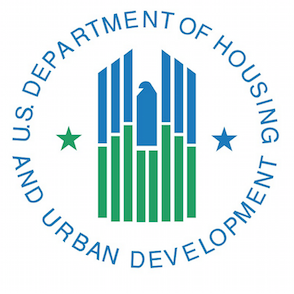
Senior housing operators soon may have more loan options available to them, given impending changes to the U.S. Department of Housing and Urban Development’s Section 232 Healthcare Facility Insurance Program.
Assisted living facilities, board and care homes, intermediate care facilities and nursing homes use the program to finance the purchase, refinance, new construction or substantial rehabilitation of a project. The updated handbook proposed by HUD has three primary changes, Brendan Healy, vice president of financial advice and solutions provider Lancaster Pollard, told McKnight’s Senior Living.
1. Partner buyouts. Historically, Healy said, potential borrowers who bought out a partner could not immediately approach HUD for financing. Now, they can, if they meet certain threshold criteria. The change is “huge,” Healy said, “because we’re seeing a lot of situations with second- and third-generation facilities that might have some family members who want out and others who want to stay in.”
2. Recapitalizing properties. Any property that has a small amount of debt related to the property now has the ability to extract equity through a financing. Previously, those who completed a cash-out refinance had to wait two years before approaching HUD. Now, those who have less than 70% loan-to-value with a stable facility can immediately approach HUD about refinancing the cash-out debt through the 232 program.
3. Project-related debt. HUD has loosened some criteria so that some debt related to the initial startup of an operation, as well as some operator debt, is eligible for financing.
“They started to see that most of the ‘low-hanging-fruit’ refinances have been done,” Healy said. “Now we have a lot of facilities that are under construction, but under [current HUD] rules, you have to wait three years before those facilities could be refinanced with HUD. So they’re trying to find new ways to benefit their client base and their target base of quality facilities. These rules will allow for really strong facilities to come in at a lower leverage point than the traditional 80% loan-to-value that they allow. And so it really serves a niche in the market that they weren’t serving before.”
HUD is accepting comments on the proposed handbook through June 1. Healy, however, expects clarifications to existing language rather than any significant changes after that date.
Once changes go into effect, Healy expects that many providers will look into the program. “We have clients that are comparing and contrasting, would I rather extract equity to an appropriate leverage point and refinance into HUD or do a sale leaseback with a [real estate investment trust]?” he said. “It’s really a matter of leverage and cost of capital which one makes more sense, but with the market being as strong as it is today, that’s another consideration that borrowers will have.”



